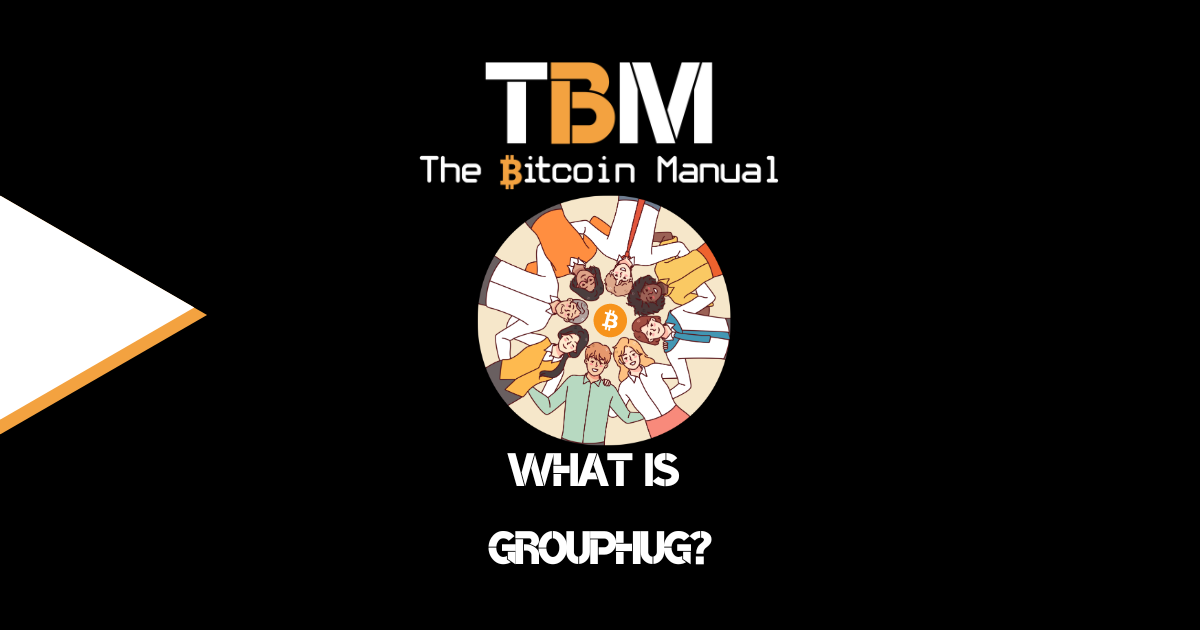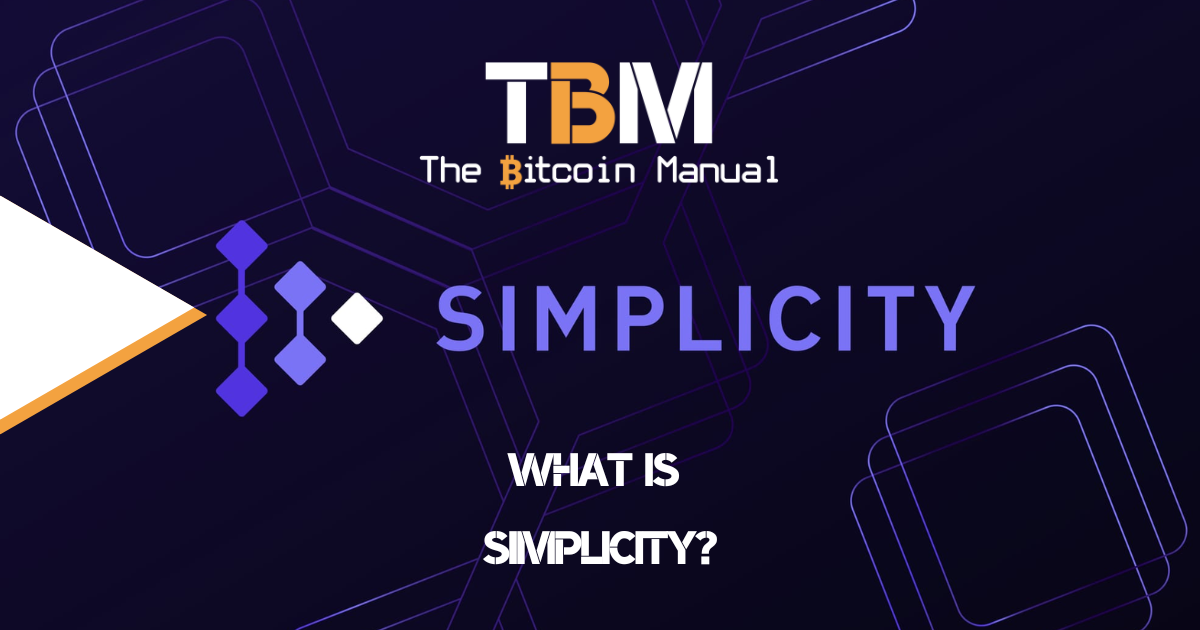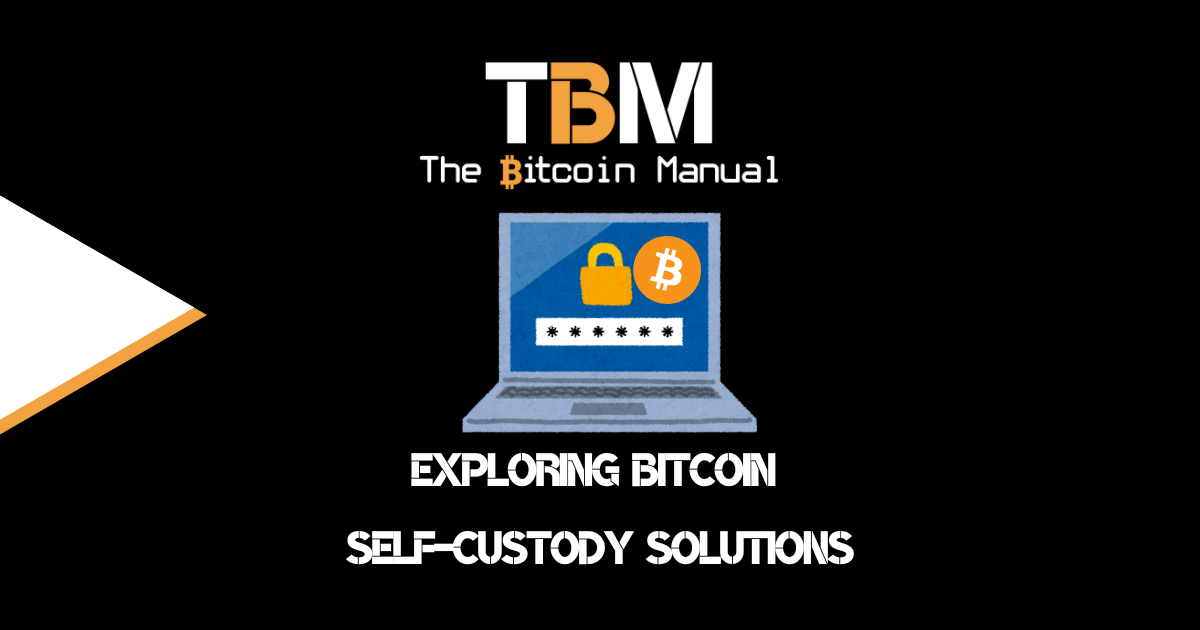Transaction fees on the Bitcoin network can be a real pain point, especially for smaller transactions. We’re not all moving Saylor-sized stacks on-chain where any fee is a rounding error, and for the average pleb, the cost of block space matters.
If more people start using Bitcoin regularly, the cohort of fee-sensitive users will also increase, forcing them to move their transactions to layer-two solutions like Lightning or conduct relatively low-value transactions on sidechains.
Fee spikes or consistently higher fees impact some more than others; if you are technically savvy enough to move your activity to L2, that’s great; some prefer to remain inside walled gardens like exchanges, but what options are there for those who want to use the chain?
If you’re trading P2P, for example, every order you perform will settle as an on-chain transaction; if you look at any P2P order book on your preferred platform, the majority would be under $400, they can be as low as $30 to as high as $1000.
If you’re buying non-KYC Bitcoin for $200 to have some spending sats on hand, you’re probably paying a premium to the seller, platform fees, and then getting nailed by whatever the going rate for block space is. Trust me—I’ve been there—it’s painful to pay 20-30% in total fees for your purchase.
When you move Bitcoin on that scale, every saving helps.
Fees can cut you deep
Before we explore GroupHug, let’s look at why P2P trading of Bitcoin tends to rack up fees in the first place.
P2P premiums
First, you have the seller. They aren’t going to put up their Bitcoin for sale or eat the fees of the fiat on-ramp they’re using to exchange with you, so they place a premium on the sale to cover costs and, in some cases, make a profit.
These premiums can be as low as 1%, and I’ve seen as high as 60%, depending on the region and payment method you plan to use. These costs are well advertised, so you can choose from the pool of sellers who compete for your purchase.
Platform fees
Depending on the platform you’re using, there might be a fee involved. They take a cut for providing the communication method and bringing buyers and sellers together; this is usually a fixed percentage of the order.
Mining fees
Unlike traditional banks with centralised servers, Bitcoin relies on a decentralised network of computers called miners. These miners validate transactions and add them to the permanent public ledger known as the blockchain.
Miners are rewarded with newly minted Bitcoin for their computational power and for securing the network. Transaction fees are essentially an additional incentive for miners to prioritise processing your transaction within a block.
However, with a limited block size and a surge in transactions, competition for space in a block increases and drives up transaction fees, making small transactions potentially cost-prohibitive.
This variable cost changes from block to block, so traders need to check current rates before they enter a transaction.
GroupHug: Collaborative Transactions for Lower Fees
GroupHug is a Bitcoin transaction batching service designed to reduce user transaction fees. The batching server allows PSBT to be combined into a single batched transaction. The batching server collects all PSBTs and attempts a batch after at least 24 hours. Then, all PSBTs are combined, an extra fee output is added, and each input is signed by the server with the default ALL sig hash.
While PeachBitcoin uses GroupHug for its P2P platform traders, the code is open-source, so other users or services can run a server and participate in transaction batches.
🍑📣 NEW APP RELEASE 📣🍑
— Peach Bitcoin🇨🇭 (@peachbitcoin) June 11, 2024
🤗 GroupHug for everyone🤗
We simplified our batching transactions model and changed our fee structure with the goal for Peach and the users to save even more sats. pic.twitter.com/8Um7UkLGtZ
Here’s how it works:
- User Initiates Transaction: A Peach Bitcoin user initiates a Bitcoin transaction, typically for a small amount.
- GroupHug Pool: Their transaction is added to a pool of other partially signed Bitcoin transactions (PSBTs) waiting for inclusion in a block.
- Fee Range Matching: GroupHug intelligently groups PSBTs based on their fee range. This ensures users with higher urgency (willing to pay higher fees) don’t subsidise those with lower fees.
- Batching for Efficiency: Once enough transactions accumulate in a group with similar fee ranges, they are combined into a single transaction.
- Broadcast to Network: The combined transaction is then broadcasted to the Bitcoin network, competing for inclusion in a block like any other transaction.
Benefits of GroupHug for Peach Bitcoin Users
By opting for GroupHug, Peach Bitcoin users benefit from:
- Reduced Transaction Fees: By combining multiple transactions, the overall fee is distributed amongst participants, significantly reducing individual costs.
- Faster Confirmation Times: While not guaranteed, being part of a larger transaction can potentially lead to faster confirmation times due to increased miner incentives.
- Efficient Use of Network Resources: GroupHug helps optimise network usage by consolidating smaller transactions, improving overall network efficiency.
Important Considerations for GroupHug Users
While GroupHug offers cost savings, here are some things to keep in mind:
- Waiting Time: There might be a waiting period until enough transactions accumulate in a similar fee range to form a group.
- Transaction Limit: GroupHug has a maximum waiting time limit, so if a group isn’t formed within that timeframe, your transaction might be processed individually with a higher fee.
- Not Guaranteed: Inclusion in a block is never guaranteed, even for GroupHug transactions. Network congestion can still lead to delays.
How does Peach use GroupHug?
Peach has decided to make batching the default settlement, with 1 bucket filling up with as many participants as possible. The batch happens earliest after 24 hours, and the minimum fee rate used by the bucket is the half-hour fee.
Peach also waits for the peach fee amount to reach a minimum threshold before broadcasting the transaction. If time is not an issue for you and saving on sats is your priority, you don’t need to change any settings.
If speed is more your style, you can still opt out of batching at any time and have your release transaction immediately broadcast.
GroupHug is a clever solution for reducing transaction fees on the Bitcoin network. By leveraging collaboration and batching, Peach Bitcoin can offer users a more cost-effective way to send their Bitcoin.
While it’s not a magic bullet, GroupHug demonstrates the innovative spirit within the Bitcoin community, constantly seeking ways to improve user experience and network efficiency.
Do your own research.
If you want to learn more about GroupHug, use this article as a starting point. Don’t trust what we say as the final word. Take the time to research other sources, and you can start by checking out the resources below.




